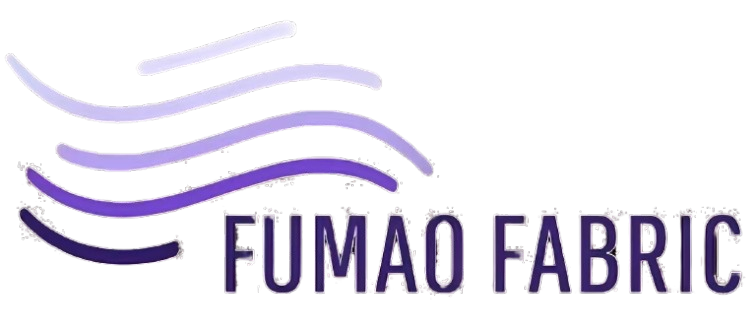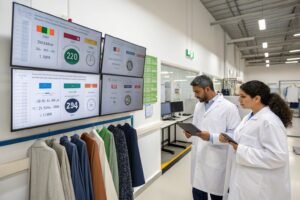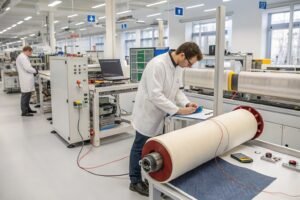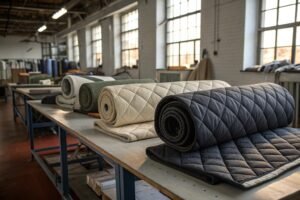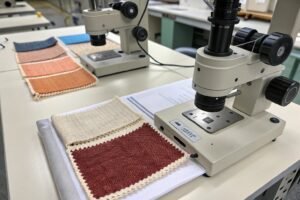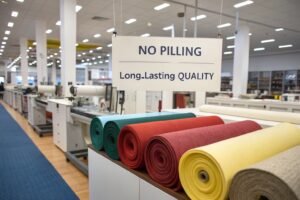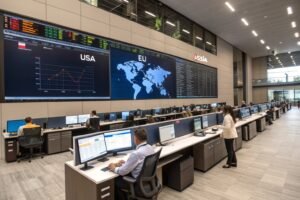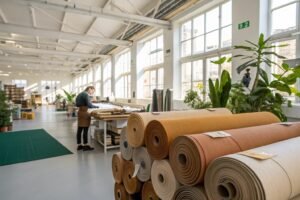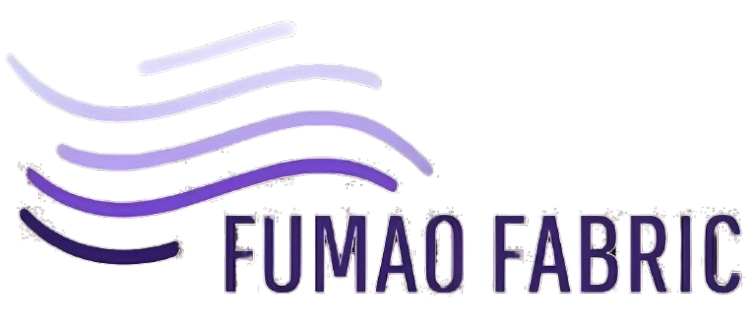Sourcing fabrics locally may feel convenient—but the cost often tells a different story. Imagine reducing your fabric costs by 30–60% without sacrificing quality, delivery, or customization. Could importing from China really offer that much value compared to your local textile sources?
The cost difference between China fabrics and local suppliers is often significant—China offers savings due to economies of scale, low labor costs, streamlined supply chains, and vast raw material access. While local sourcing provides speed and proximity, Chinese suppliers like Fumao Fabric offer superior pricing, extensive customization, and global shipping infrastructure, making them a competitive choice even after factoring in freight and tariffs.
Let’s explore what drives this cost gap and how Chinese fabrics can fit into a cost-effective sourcing strategy.
Why is stuff from China so cheap?
It's no secret that "Made in China" often means lower prices—but many still wonder why. Imagine getting quality materials without inflated costs. What’s the real reason goods from China—including fabrics—are so cheap?
Goods from China are cheaper because of lower labor costs, massive production scale, localized supply chains, automation investment, and government-backed infrastructure. These factors drive down manufacturing costs, allowing Chinese suppliers to offer competitive prices without compromising quality.
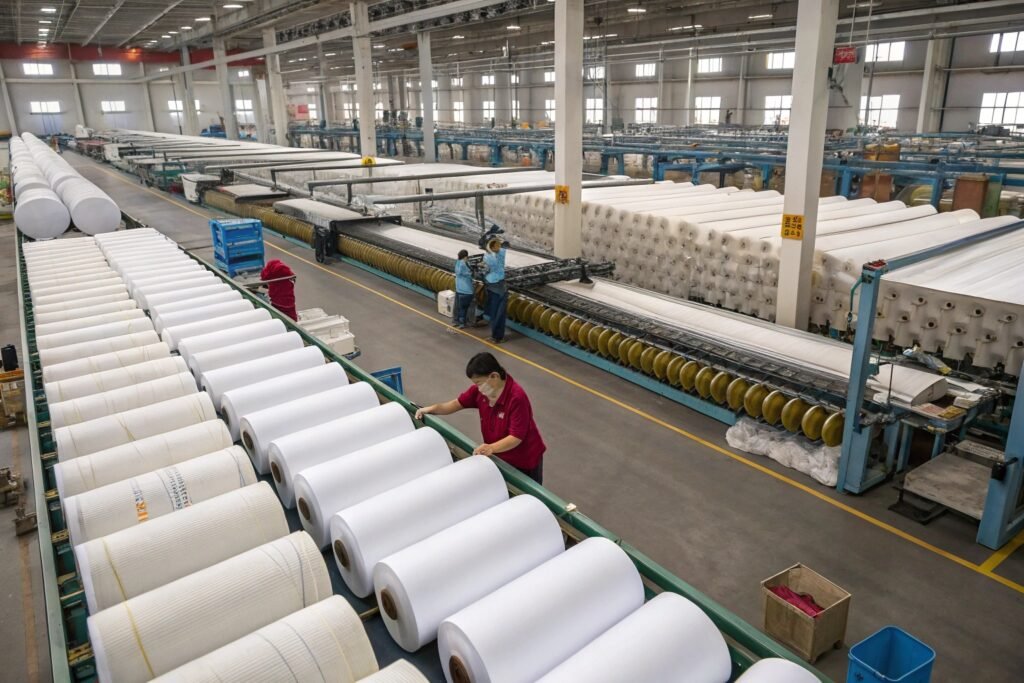
How does production scale[^1] reduce prices?
China’s manufacturers operate on a scale unmatched globally. Huge volume allows for bulk purchasing of raw materials[^2], optimized machinery usage, and standardized workflows—slashing per-unit costs. At Fumao Fabric, we process large fabric volumes daily, which allows us to pass volume savings to even small MOQ clients.
Are lower wages the main factor?
Labor costs in China are lower than in North America or Europe, but this is only one part of the cost equation. Efficiency, automation, and resource proximity play a bigger role. Chinese factories invest heavily in automation and digital systems[^3]—like QR-code batch tracking—reducing waste and speeding production without increasing costs.
[^1]: Understanding how production scale impacts pricing can help businesses optimize their supply chain and reduce costs.
[^2]: Exploring the advantages of bulk purchasing can reveal strategies for cost savings and efficiency in production.
[^3]: Learning about automation's role in manufacturing can provide insights into modern production techniques and cost reduction.
Why are raw textile materials cheaper in China?
Rising material costs can eat into margins fast. Imagine getting the same or better textile inputs at a lower price. Why are China's raw textile materials priced so competitively?
Textile raw materials are cheaper in China due to vertical integration, domestic fiber production (cotton, polyester, rayon), short supply chains, government support, and optimized logistics. Clusters like Keqiao reduce middlemen, consolidating weaving, dyeing, and finishing into one location—cutting both time and cost.
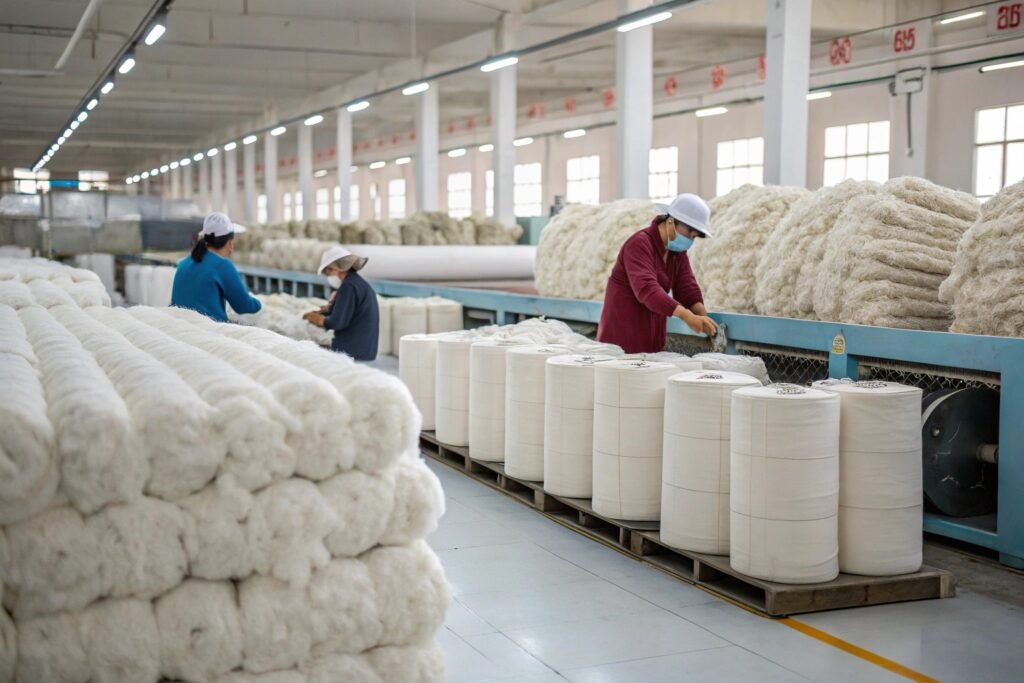
What are China’s key textile raw material advantages[^4]?
China is a leading producer of cotton, polyester, bamboo, and viscose. These inputs are often produced and processed domestically—minimizing import taxes and shipping costs. With suppliers like Fumao Fabric located inside major clusters, we source directly from local fiber producers and spin mills, reducing procurement expenses and delivery times.
How do government incentives[^5] reduce material costs?
China's textile industry benefits from subsidies, tax relief, and infrastructure investment[^6]. Ports, highways, and digital logistics platforms are streamlined to support export businesses. This macroeconomic backing helps keep prices of raw materials and finished fabrics lower, especially compared to regions where government support is limited or declining.
[^4]: Explore this link to understand how China's textile raw materials contribute to its global market dominance and cost efficiency.
[^5]: Discover how government incentives shape the textile industry in China, making it more competitive and cost-effective.
[^6]: Learn about the critical role of financial support in enhancing China's textile production capabilities and reducing costs.
How much does it cost to make a shirt in China vs. the USA?
Understanding production costs can guide smarter sourcing decisions. Imagine knowing exactly how much you could save—or spend—on a basic product. What’s the actual difference in shirt manufacturing costs between China and the US?
On average, producing a basic cotton shirt in China costs $1.80–$3.50, while the same shirt might cost $7–$15 in the USA due to higher labor, compliance, and operational expenses. These figures exclude branding, shipping, and retail markups but illustrate a clear difference in base manufacturing cost.
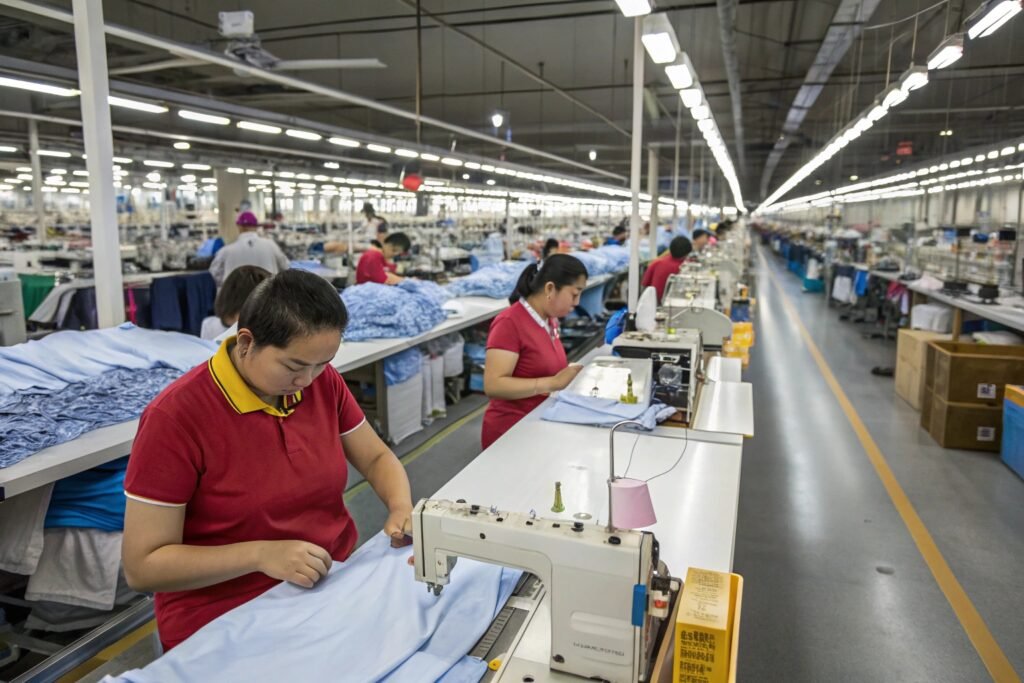
What drives the higher cost of U.S. shirt production?
The U.S. faces high labor wages[^7] (often exceeding $15/hour), strict labor laws, and overhead costs such as energy, insurance, and compliance. These add significantly to total production costs. Limited economies of scale[^8] and fewer textile hubs mean less efficiency—raising the per-unit price of garments.
How does China balance cost and scale?
China’s competitive advantage lies in a mix of semi-automated production lines[^9], massive economies of scale, and localized raw materials. Fumao Fabric can deliver premium-quality shirts or fabric yardage with flexible MOQs at a fraction of Western production costs, even after factoring in international freight.
[^7]: Understanding the factors behind high labor wages can provide insights into the overall cost structure of U.S. manufacturing.
[^8]: Exploring economies of scale can reveal how production efficiency impacts pricing and competitiveness in the textile market.
[^9]: Learning about semi-automated production can highlight innovations that reduce costs and improve quality in garment manufacturing.
Which city in China is best for clothing manufacturers?
Choosing the wrong location can add cost, delay production, or limit fabric variety. Imagine sourcing from a region designed to serve the global fashion industry. Which Chinese city gives you the most advantages?
Keqiao, in Zhejiang Province, is considered the best city in China for clothing and fabric manufacturing. It offers complete vertical integration—from weaving to packaging—along with massive textile markets, expert labor, and advanced logistics. Cities like Guangzhou and Dongguan also lead in garment production, but Keqiao stands out for fabric-specific expertise and fast development cycles.
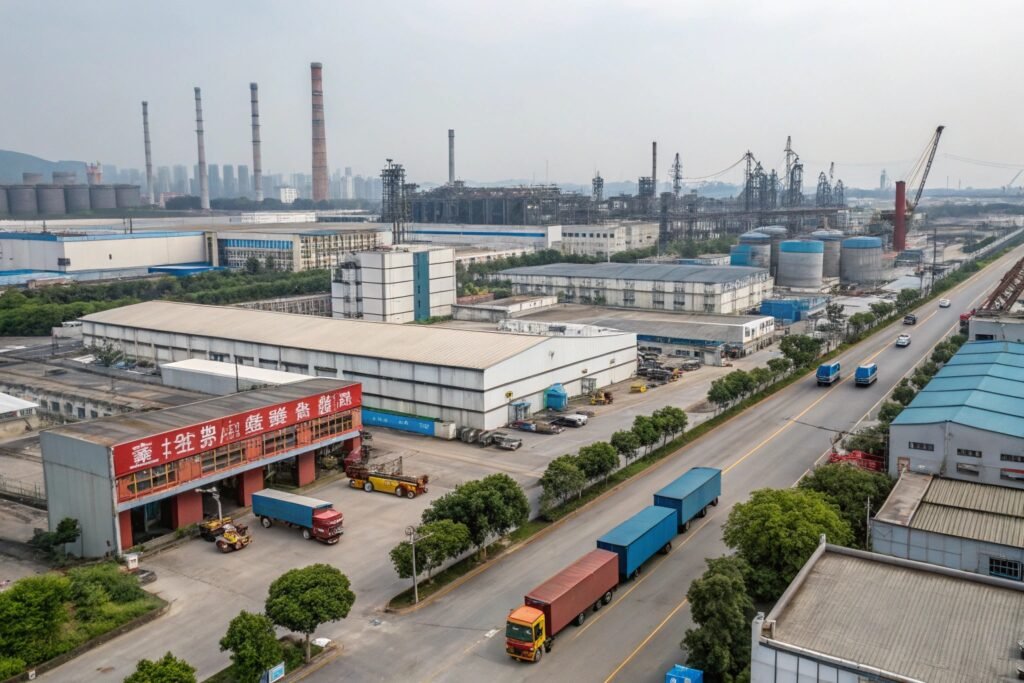
What makes Keqiao unique in the textile world?
Keqiao hosts over 8,000 textile companies, 30,000+ designs in stock, and accounts for nearly 25% of global textile trade[^10]. It’s not just a manufacturing base—it’s a marketplace. You can sample, customize, and ship globally in days, not weeks. Fumao Fabric operates directly in Keqiao, giving clients VIP access to its entire supply chain ecosystem[^11].
How does Keqiao compare to other cities?
While Guangzhou and Dongguan focus on garment sewing and fashion assembly, Keqiao specializes in raw fabric[^12], dyeing, finishing, and innovation. Here’s how they compare:
| City | Specialty | Strengths |
|---|---|---|
| Keqiao | Fabrics, finishing | Speed, integration, variety |
| Guangzhou | Fashion garments | Trendy styles, mass garment factories |
| Dongguan | Knitwear & sportswear | Skilled labor, export experience |
[^10]: Understanding the importance of textile trade can provide insights into global economic trends and opportunities.
[^11]: Learning about supply chain ecosystems can enhance your knowledge of efficiency and innovation in textile production.
[^12]: Exploring trends in raw fabric can help you stay ahead in the textile industry and understand market demands.
Conclusion
China’s fabric cost advantage over local suppliers comes from scale, efficiency, and infrastructure—not just labor. By sourcing from trusted hubs like Keqiao, and working with suppliers like Fumao Fabric, you unlock cost-effective, high-quality, and fast-delivery fabric solutions that help your business stay competitive globally.
